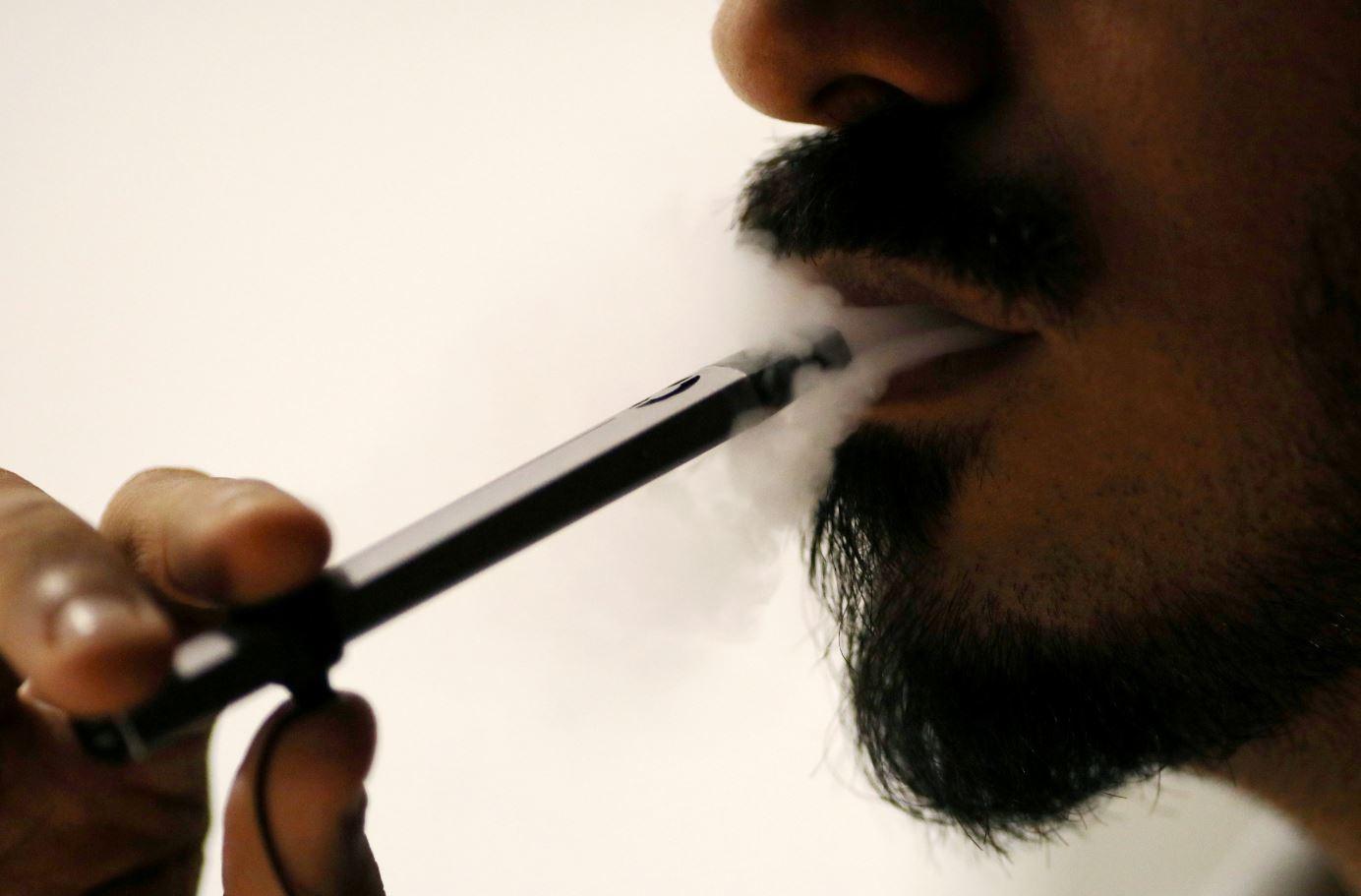UK docs discover full beard covering; Intubation may be less risky for doctors than feared

Frontline healthcare workers caring for COVID-19 patients must wear respirator face masks that form a tight seal with the skin, but full beards can make that impossible.
Doctors in the UK have come up with a solution.
The answer, outlined in a report published on Saturday in the Journal of Hospital Infection, involves covering the beard over the chin and cheeks with an under-mask elastic rubber sheet (as is used in yoga and pilates) and tying it in a knot at the top of the head.
The technique was pioneered by a transplant surgeon and adopted by 32 bearded British healthcare providers, 30 of whom passed respirator fit tests, according to the report.
"Bearded individuals who are unable to shave may have a new innovative technique to be able to wear respirator masks," the authors write. While noting it was tested in a small number of people, the authors said, "it provides encouraging results to pave way for larger scale studies."
Intubation may be less risky for doctors than feared
Placing a tube in a patient's airway, or removing it, is thought to be one of the highest-risk procedures for medical staff, because of the very close proximity to air being expelled through the mouth of a potentially infected person.
But in operating rooms, at least, these procedures might present less of a risk of virus transmission than has been feared.
In operating room experiments in anesthetized patients, intubation and extubation produced far fewer potentially virus-carrying aerosols than expected.
Overall, 19 tube insertions generated about one thousandth of the aerosol generated by a single cough, the researchers reported on Tuesday in the journal Anesthesia.
Fourteen tube removals produced more aerosols, but still less than 25% of that produced by a voluntary cough.
The same might not be true in an emergency room setting. Surgical teams presently wear respirators and high level personal protective equipment to avoid aerosols.
After each case, special cleaning is undertaken, which reduces operating room turnover and increases waiting times for operations, the authors say.
The findings call for "reappraisal of what constitutes an aerosol-generating procedure and the associated precautions for routine anesthetic airway management," they said. -- Reuters




